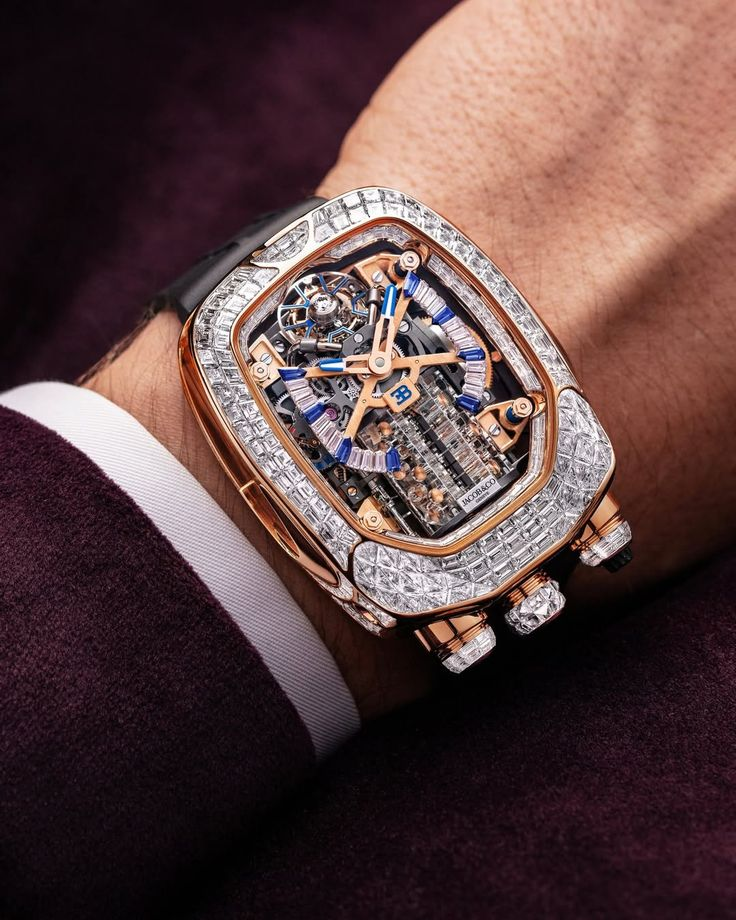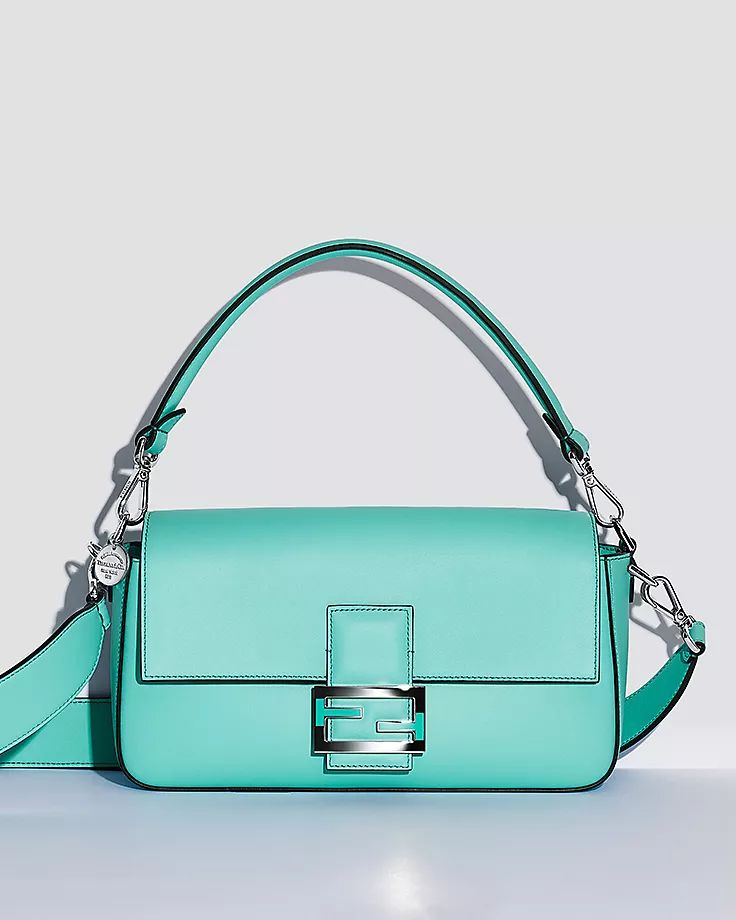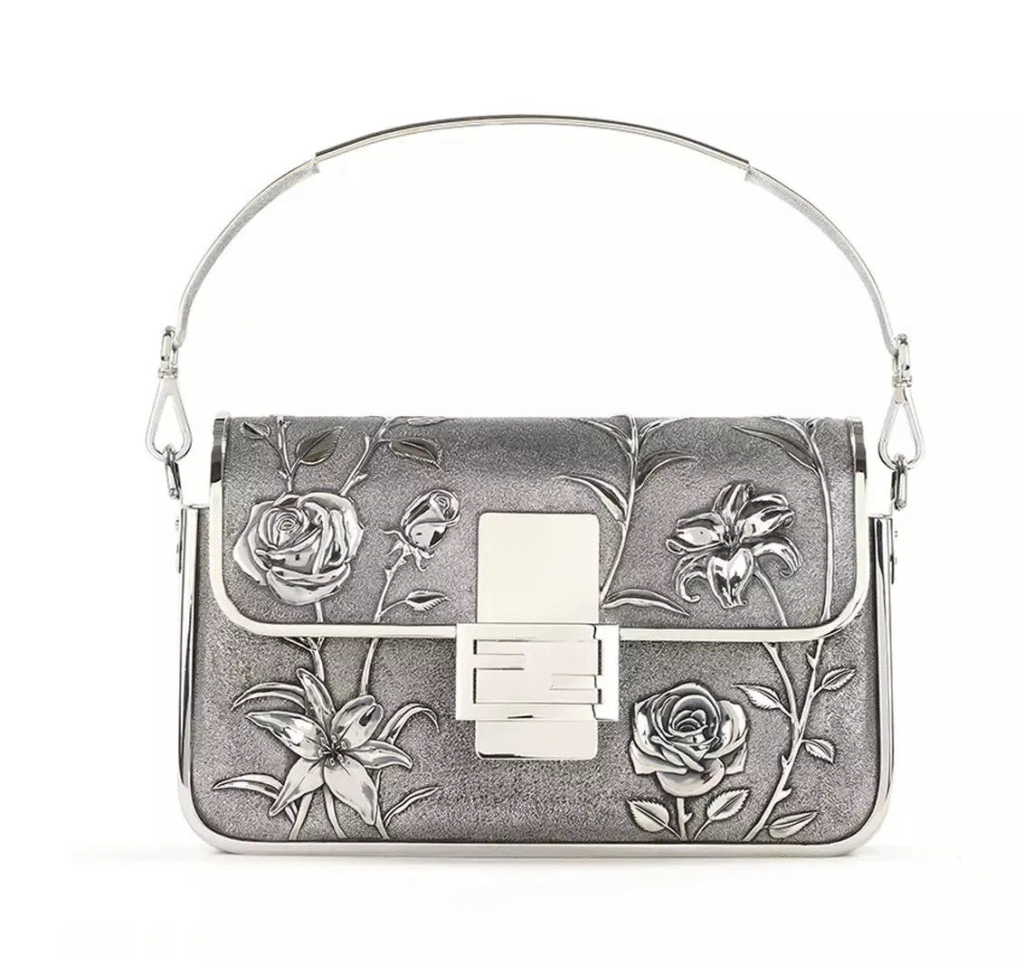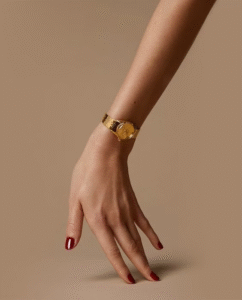One of the most interesting and successful marketing phenomena adopted by the fashion industry is Co-Branding.
WHAT IS CO-BRANDING?
Co-Branding can be understood as a marketing strategy which is commonly utilised by multiple brands, wherein they form a strategic alliance to meld their carefully crafted brand identities and what results is a series of unique intellectual properties such as unique logos, brand identifiers, and colour schemes and over-the-top campaigns.
The point of co-branding is to combine the brand awareness, market base and strengths of two or more brands, without the massive legal formalities of a merger. Furthermore, it also allows them to charge the consumers more in bids of “limited” collections or collaborations.
CO-BRANDING IN THE FASHION INDUSTRY
Co-branding in the fashion industry is a great example of its success, especially in the luxury sector. These brand partnerships can be further divided into multiple categories the most simplistic of them being functional co-branding and symbolic co-branding.
Let’s understand these two concepts with examples.
In some cases, the brands combine their R&D in order to create a product or a service with the aim of providing a more enhanced and improved experience, which is referred to as functional co-branding.

A classic example is the Bugatti Veyron FBG Hermès supercar, created in 2008 through a brand partnership between supercar manufacturer Bugatti and luxury fashion house Hermès. The name of the exclusive model nods to the main Hermès store on Paris’ Rue du Faubourg Saint-Honoré, and the product blends iconic Hermès styling with Bugatti’s world-class engineering. Bugatti and Hermès create incredible products but together, on this occasion, through co-branding, the end result was even more extraordinary.

Bugatti also co-branded with luxury watchmaker and jeweller Jacob & Co. to create a watch which acts as a miniature version of the working mechanical model of the W16 engine in the Bugatti Chiron.
On the other hand, when brands come together to share their unique identities, it is considered a symbolic co-branding operation. The biggest example of this was the recent brand collaboration between luxury fashion houses Gucci and Balenciaga. The co-branding was styled in the form of a “hack” of Balenciaga by Gucci. The collection featured designs and products” contaminated” with the hallmarks of either brand. It collaborated Gucci’s typical whimsical palette and retro style with Balenciaga’s bold attitude and royal blues.
“As the Hacker Project narrative goes, Alessandro Michele is “contaminating” Demna Gvasalia’s bold Balenciaga designs with Gucci’s retro, feminine aesthetic. The result is underground edge met with floral whimsy… and a social media frenzy waiting to happen. While this collection signifies a new creative chapter for both fashion houses, it also embraces tradition. But, tradition with a twist. Gucci’s iconic GG monogram canvas – a staple since the ‘60s – was reimagined with the double-B logo. Instead of shying away from the logomania of recent years, the Hacker Project leans right in. And, in the spirit of some mind-bending fashion humor, Gvasalia vandalized a large tote bag with the spray-painted words “This Is Not A Gucci Bag.” Objectively, it’s the print and monogram mash-ups that make these co-branded bags the collection’s highlight.”
Recently, Tiffany and Co. also seem to have adopted symbolic co-branding strategy with sports-wear giant Nike as well as luxury fashion house Fendi, giving us a new taste of Tiffany’s exclusive Tiffany Blue.
LEGAL POV OF CO-BRANDING
The nature of the legal relationship between co-brands most frequently takes one of two forms.

A classic structure of co-branding includes brands merging together into a single new one in which neither company could own individually something other than a Classic licensing of one brand to the other which is necessary for Trademark protection purposes. In more simplistic form it would mean the creation of a joint-venture for the sole purpose of marketing the new product, with each company licensing their brands to the joint-venture for the purposes of the single new brand. Accordingly, with the end of the joint-venture the licences would also terminate and the rights would revert back to their respective owners. In the US this form of co-branding is legally approved by the USPTO for the purpose of IP management.
Another way to co-brand without combining to form a new brand comprising both brands, and therefore obviating the need for joint venture type relationship. In this method one brand licenses their IP to the other brand and is referred to as cross-license. Similar to the joint-venture method, once the co-branded relationshipe ends, the licenses once again revert back to the owner. However, in this method there is not requirement to register such an arrangement with the trademark office since the brands continue to maintain their own legal integrity.
TERMINATION OF CO-BRAND RELATIONS
Co-Branding relationships by their very nature are finite and therefore, it is imperative to consider the issues of IP ownership and new customers obtained as a result of the successful co-branding.

Since both brands are likely to invest a hefty amount into the promotion and development of the new intellectual property, it is very important to understand who will retain the developed rights and the newly acquired customer base. Having invested in and developed this content which adds to the overall brand persona and reach, as well as in the acquisition of new customers who can be targeted for information and solicitations for new products, each brand partner will often want to have rights to continued use and access. The who, what, when and how of these allocations will play a significant role in creating the relationship, and therefore should be discussed at length before entering into the co-brand scheme.
It is also important to pre-determine the terms of termination i.e. what elements would trigger the end of the relationship, such as the term of the relationship, the expectations and division of revenue, the initial investment, acquisition of the co-branded relationship by a third party etc.
In totality, the success of a co-branding relationship depends on expertly drafted contracts, which enable the parties to exploit each other resources without any worries. The brands like another other contractual relationships should be clear about their terms and conditions or things can easily take an ugly turn. Co-branding has been a successful scheme not only for the fashion industry but also in the tech, banking and even the auto-mobile industries, hence its benefits can surely not be ignored or overlooked. However, there are multiple factors which must be considered before taking the final decision, so don’t forget to keep your lawyer on the line.








